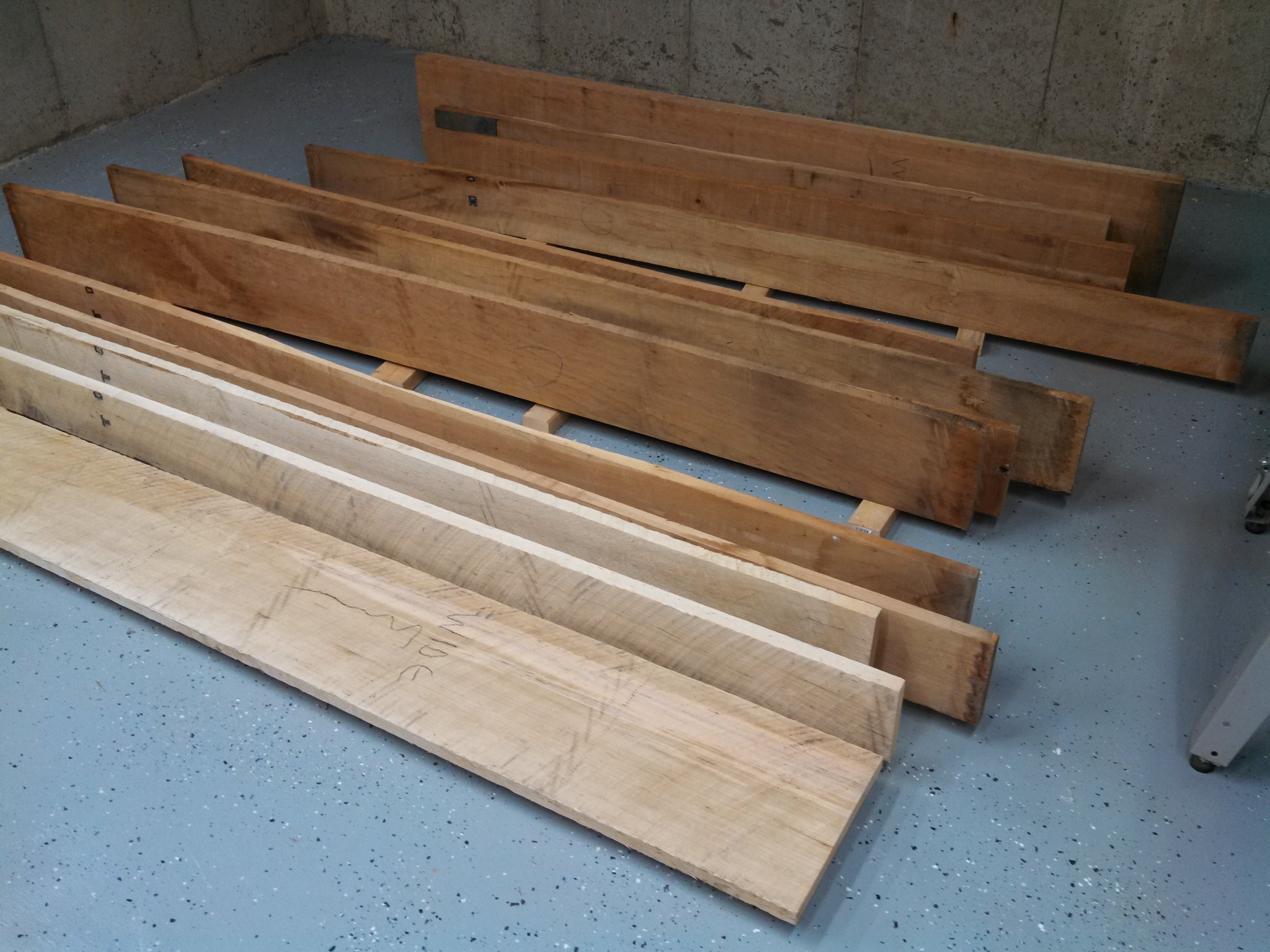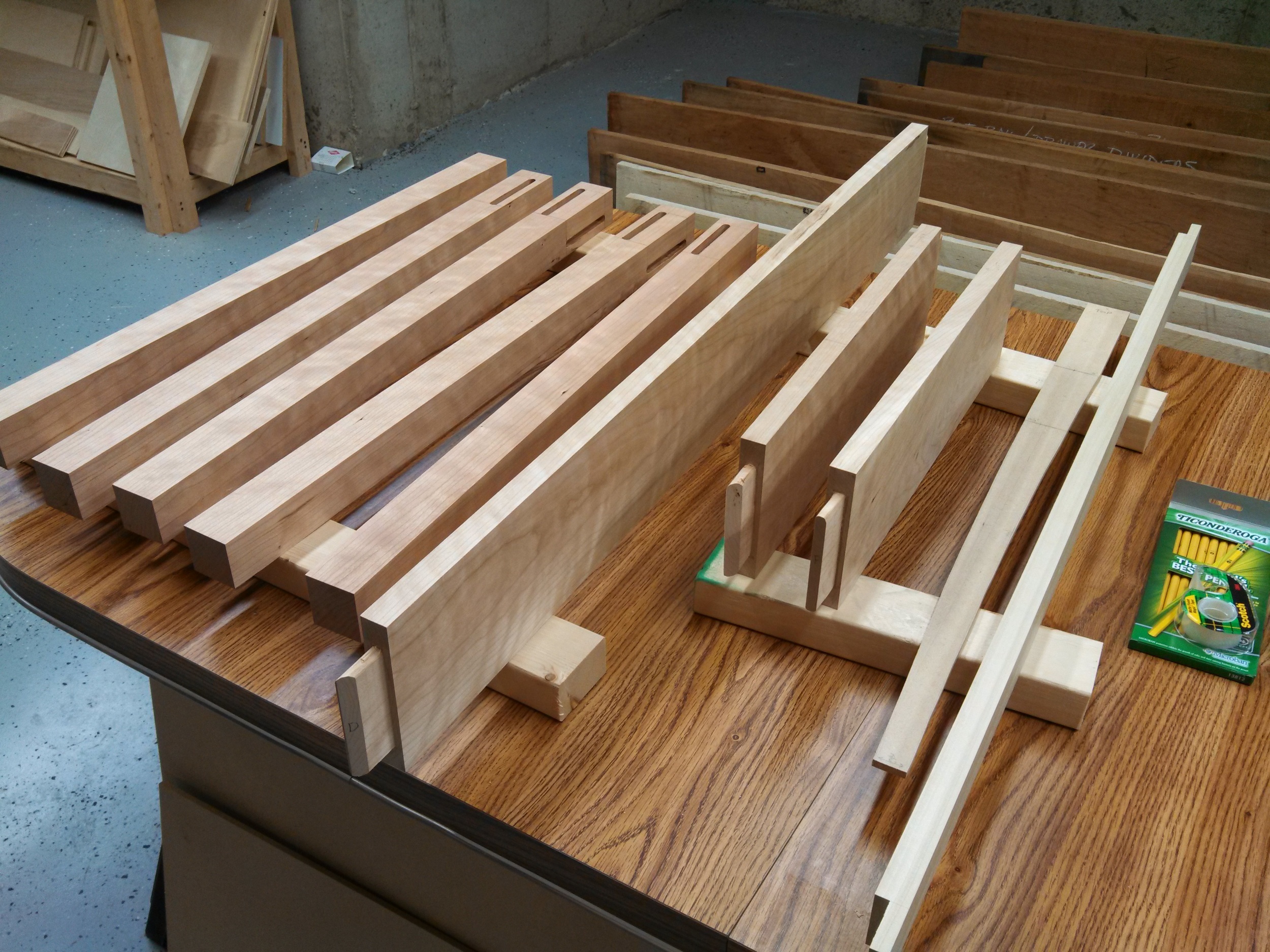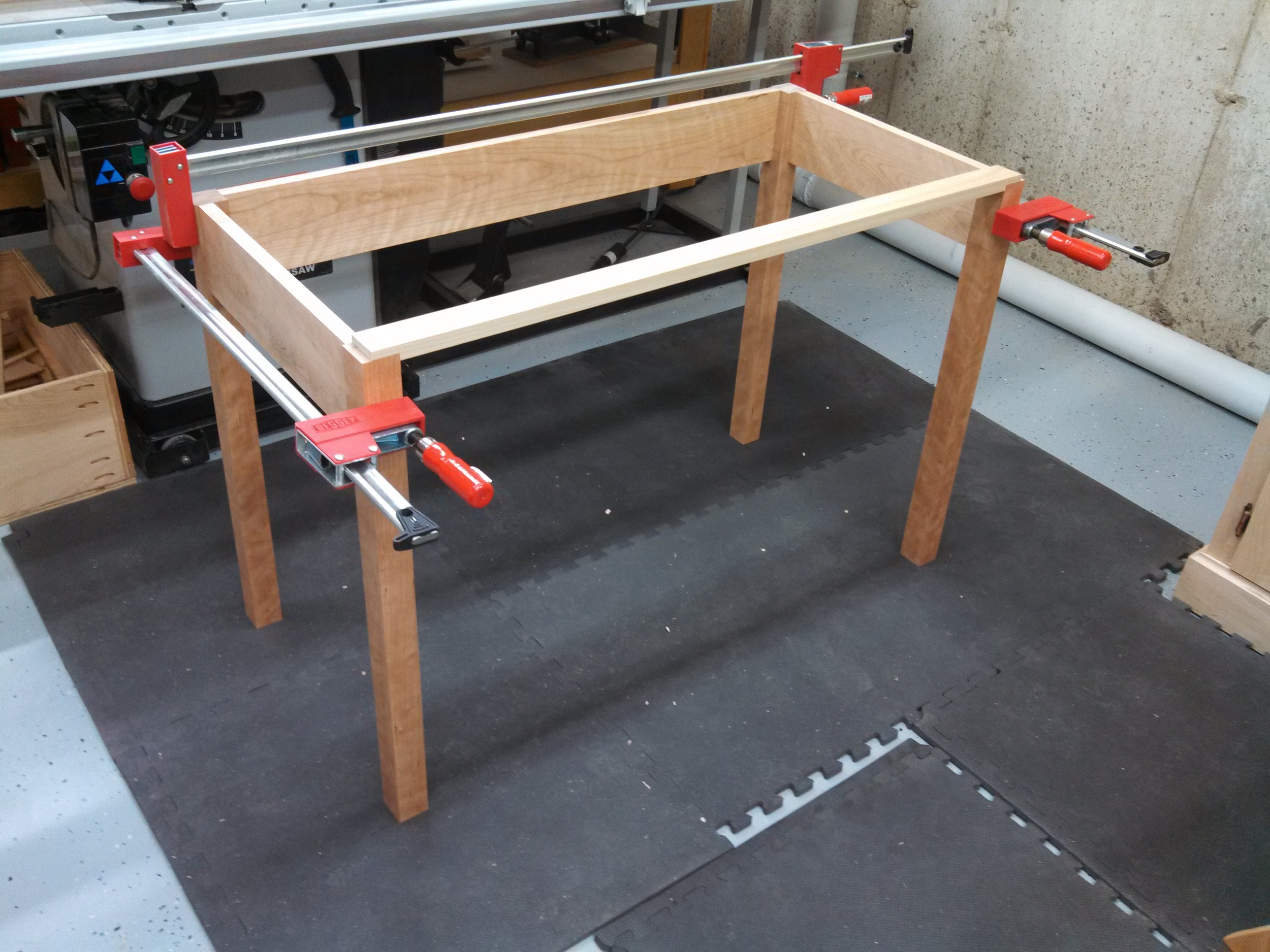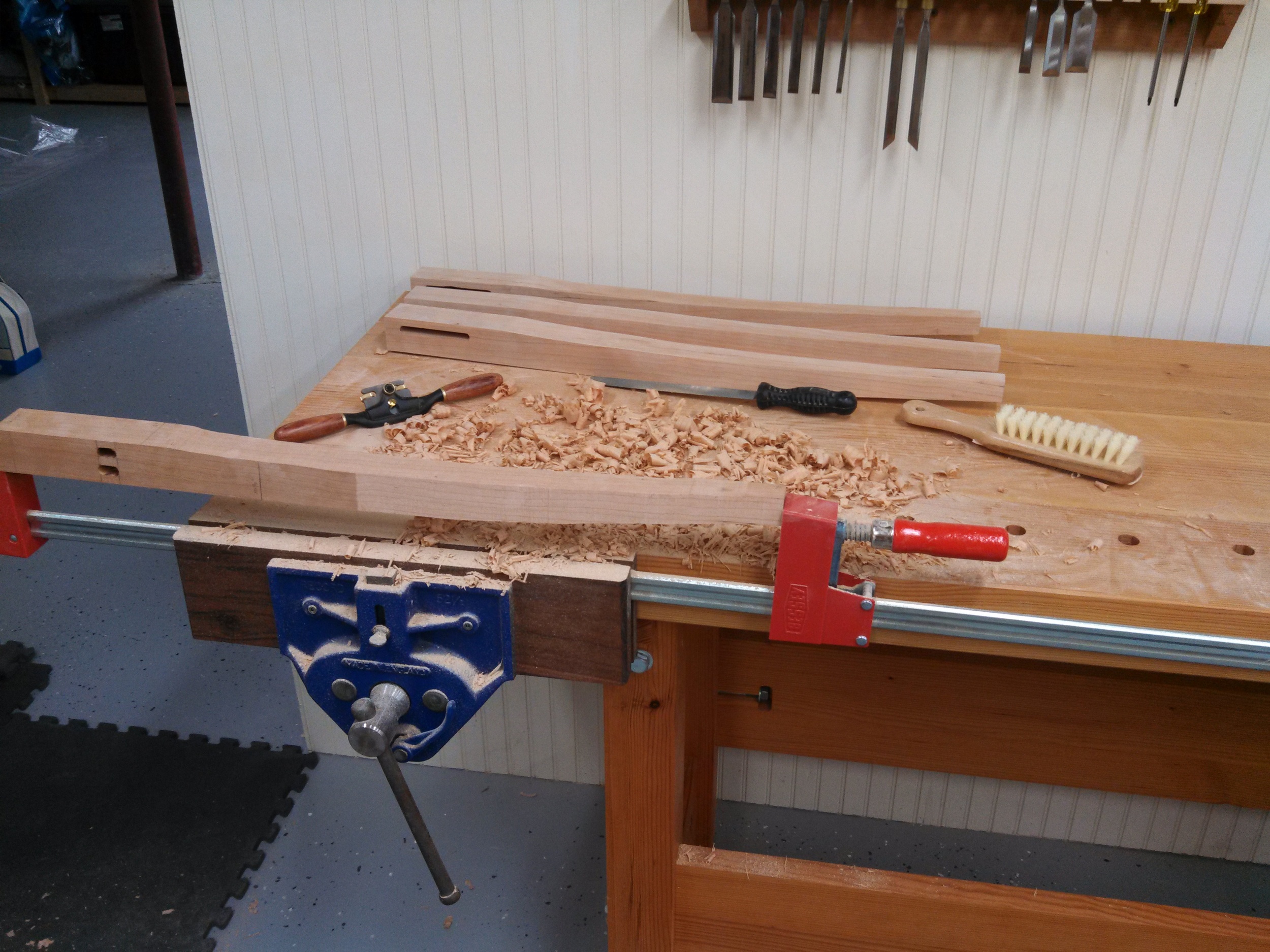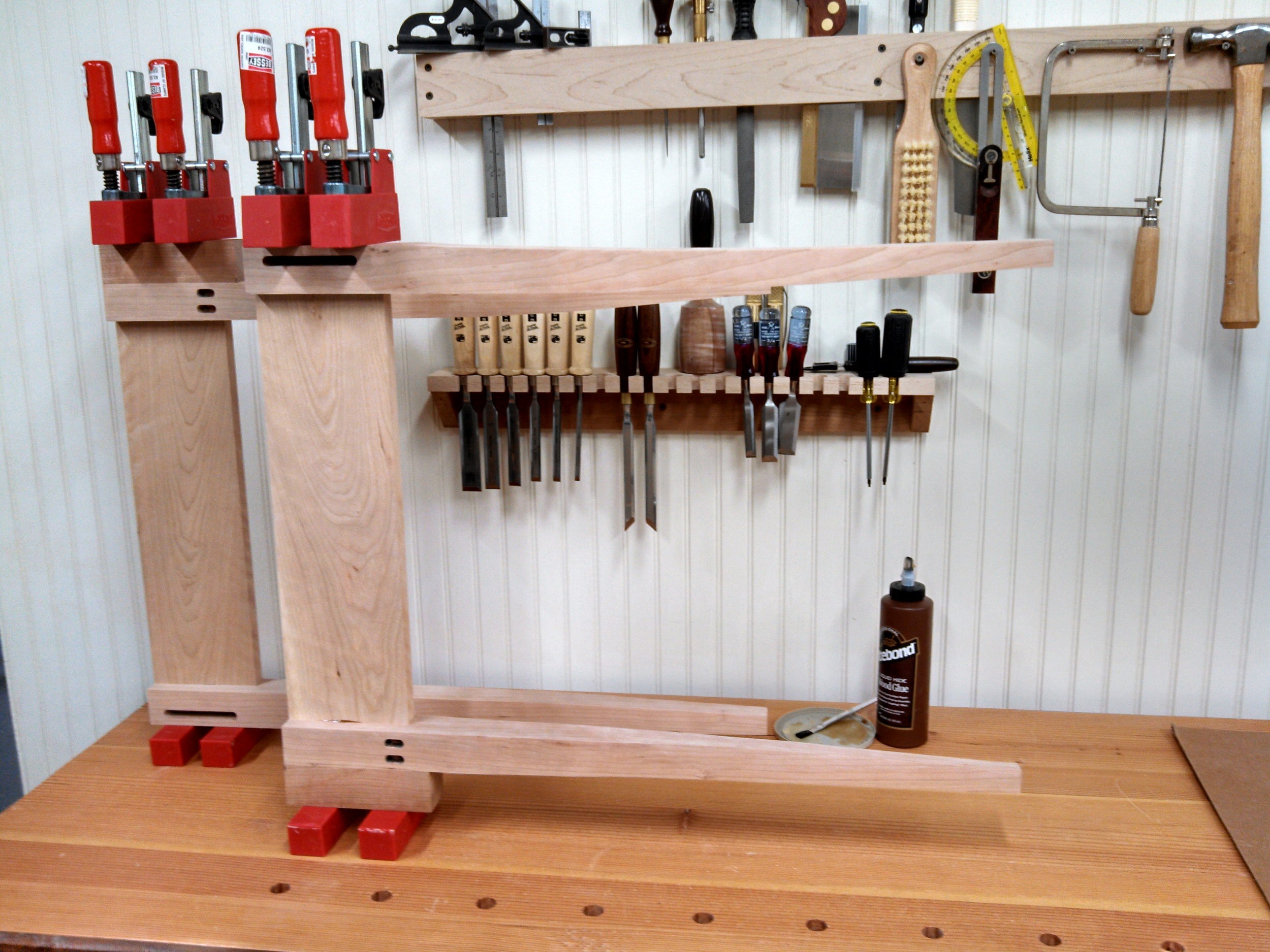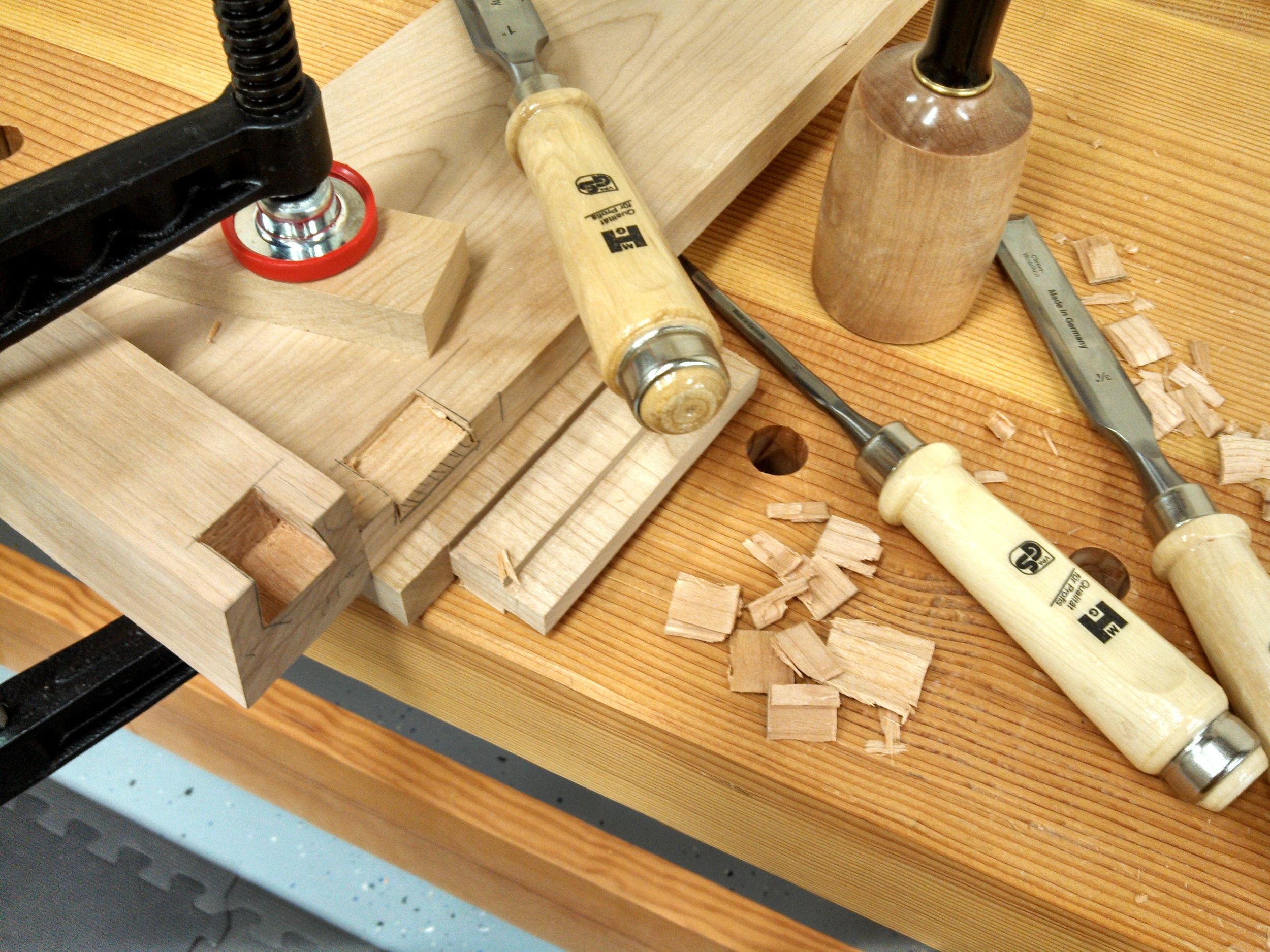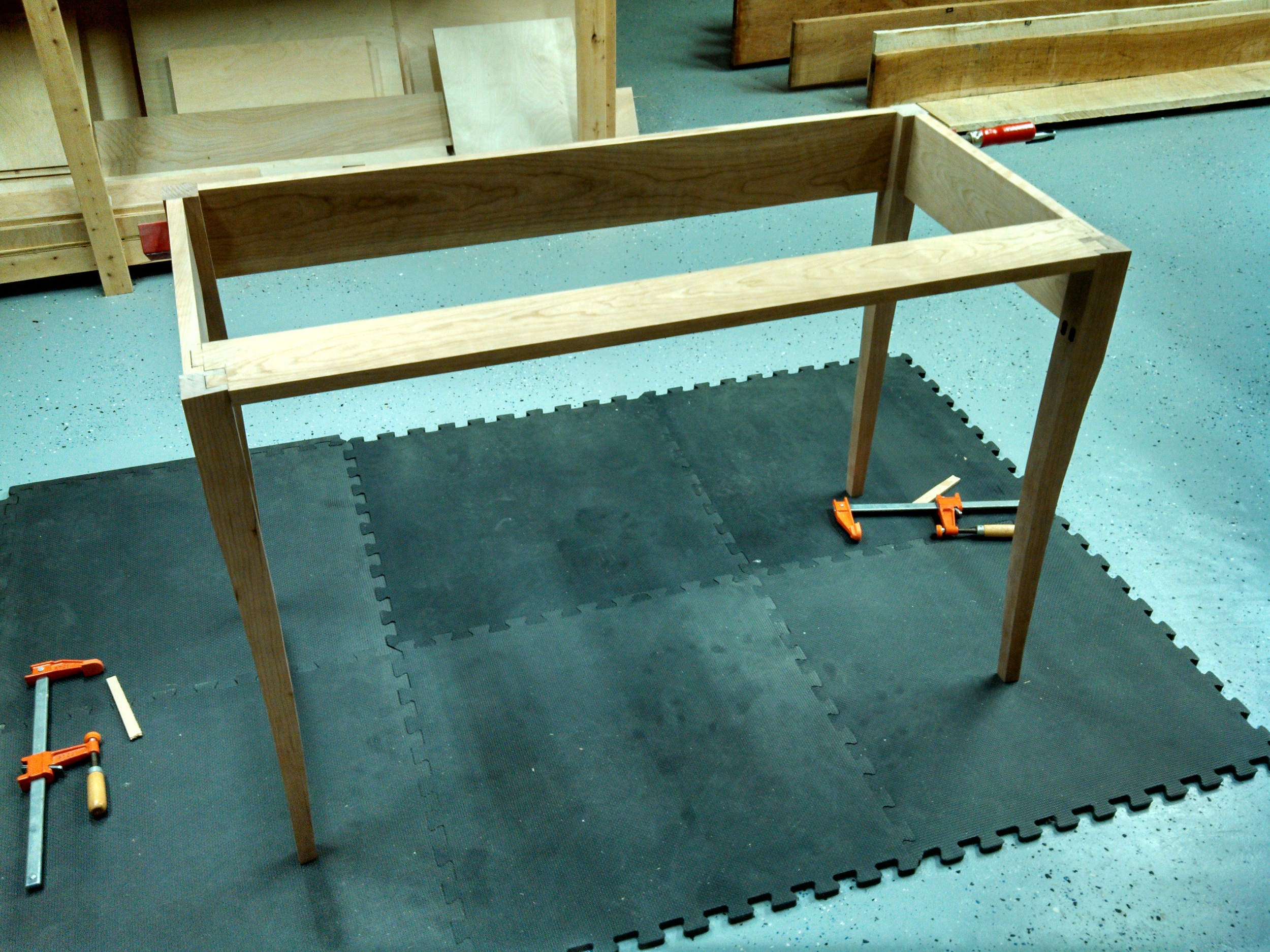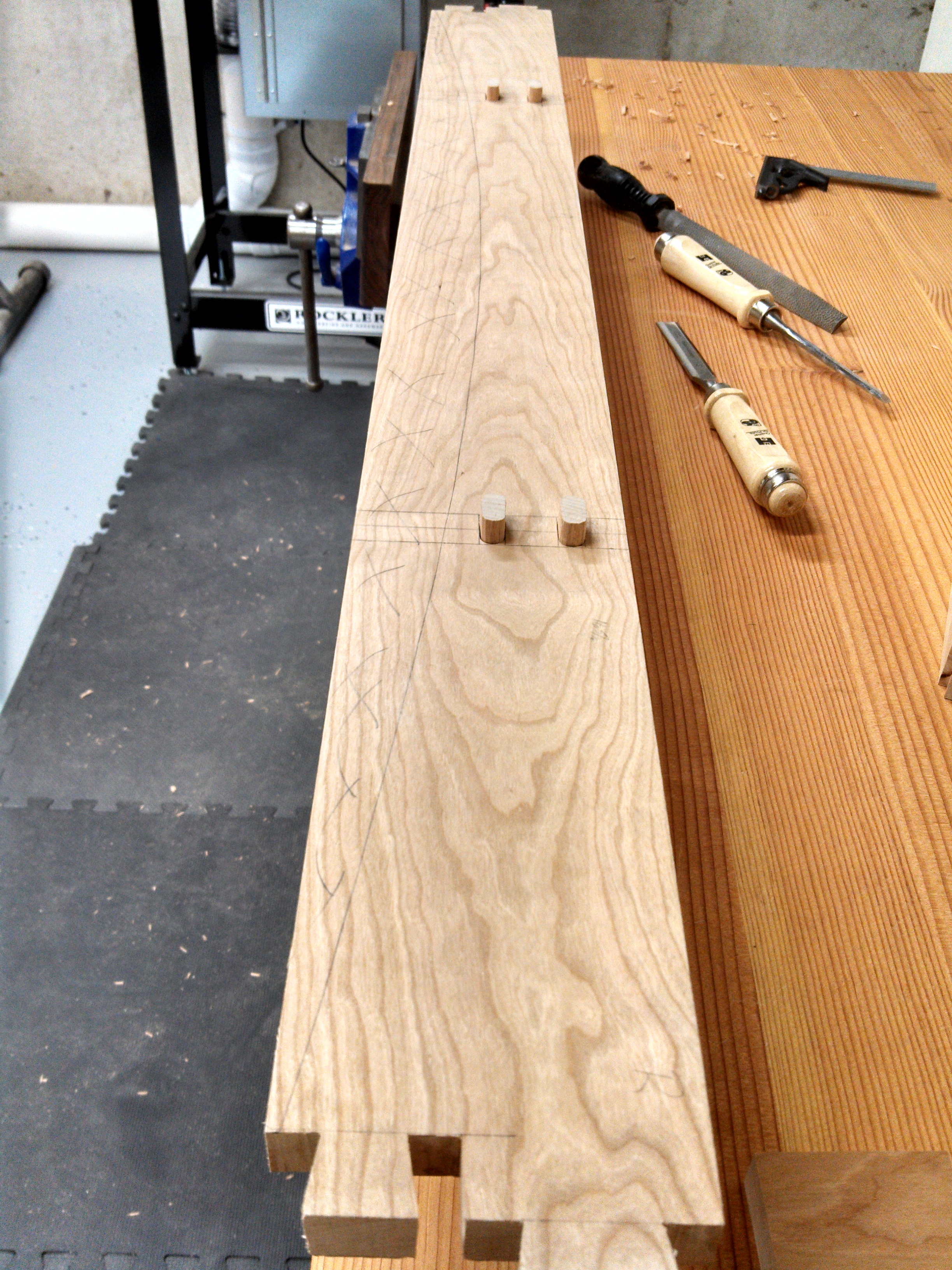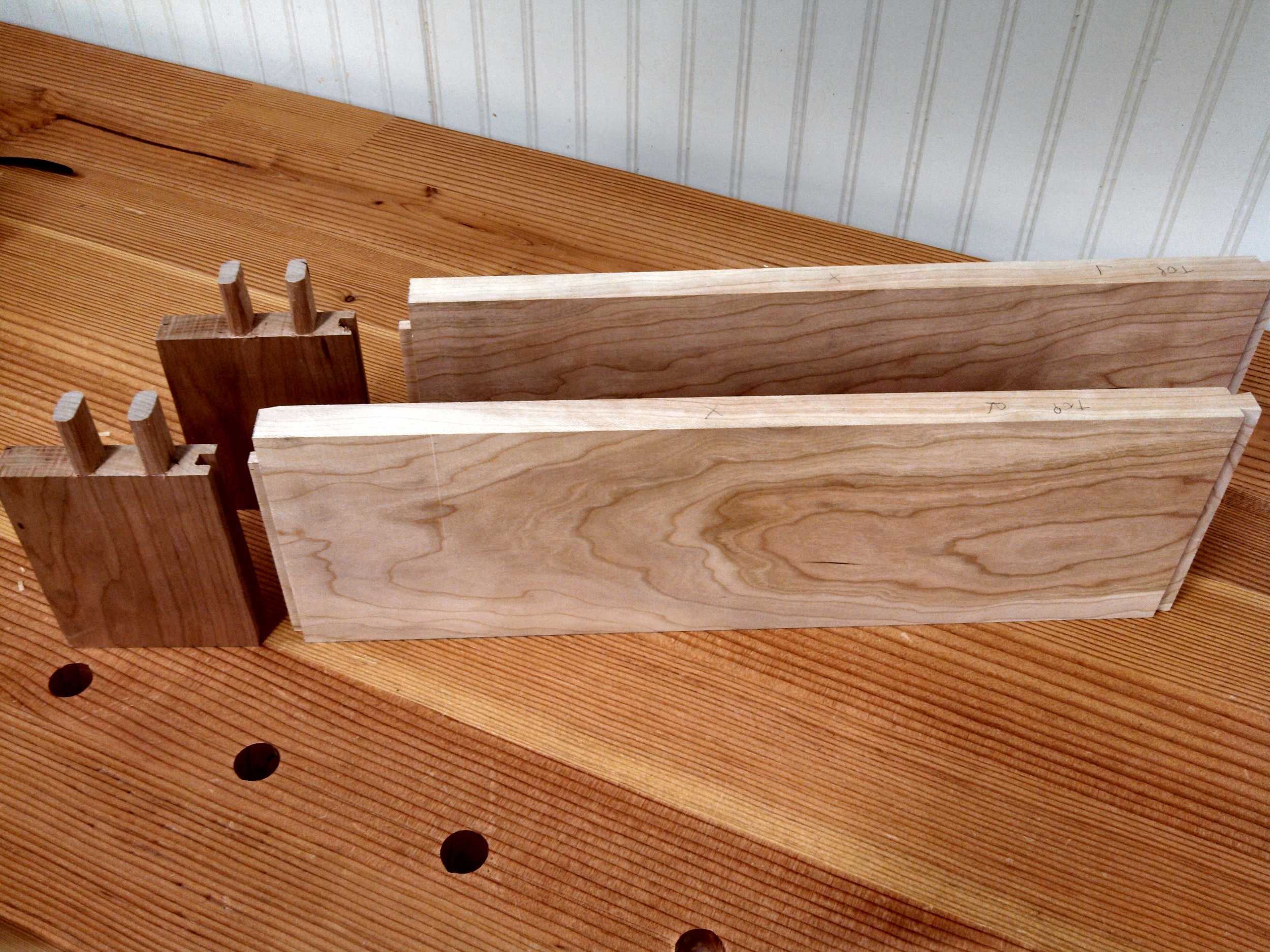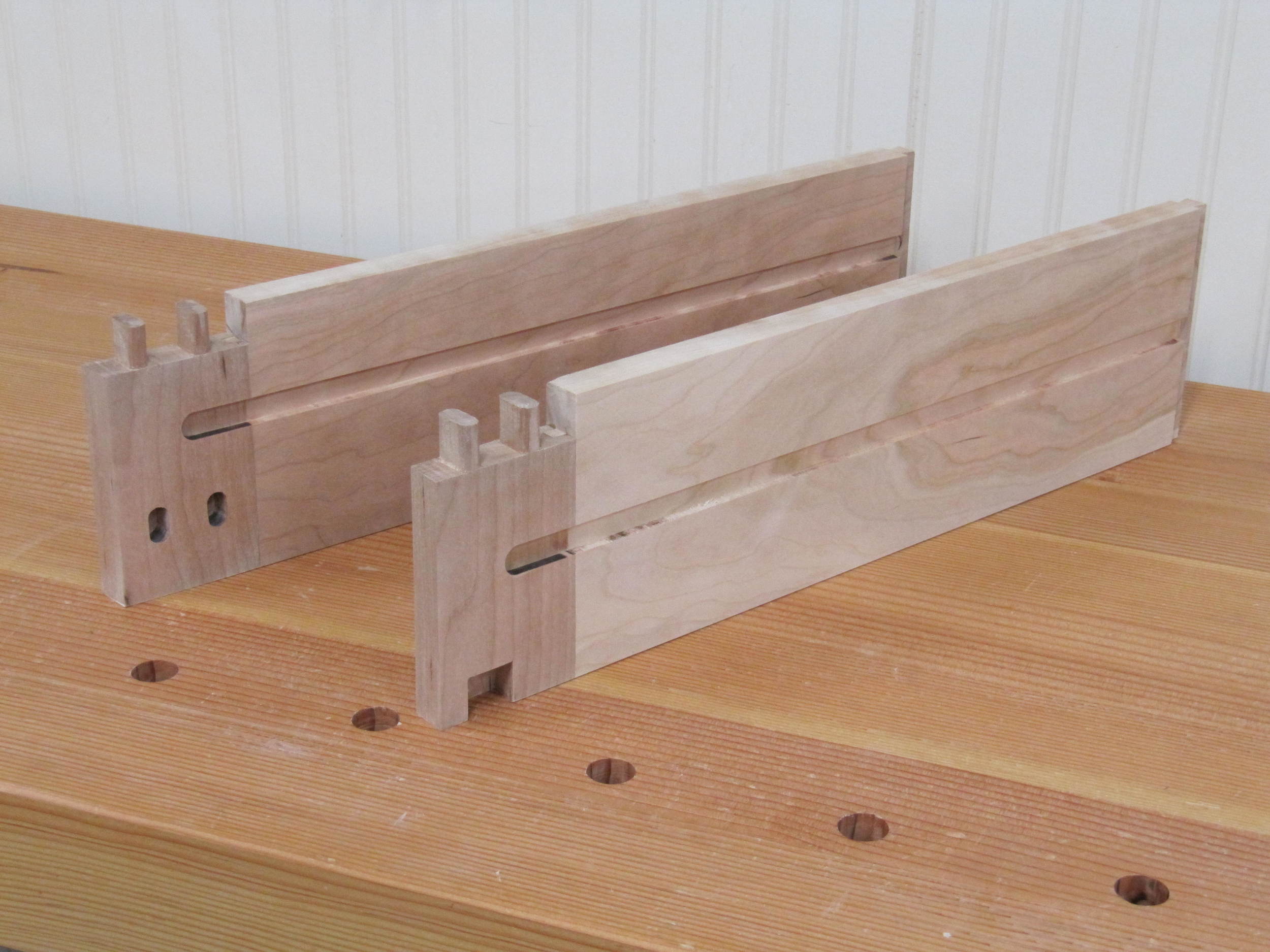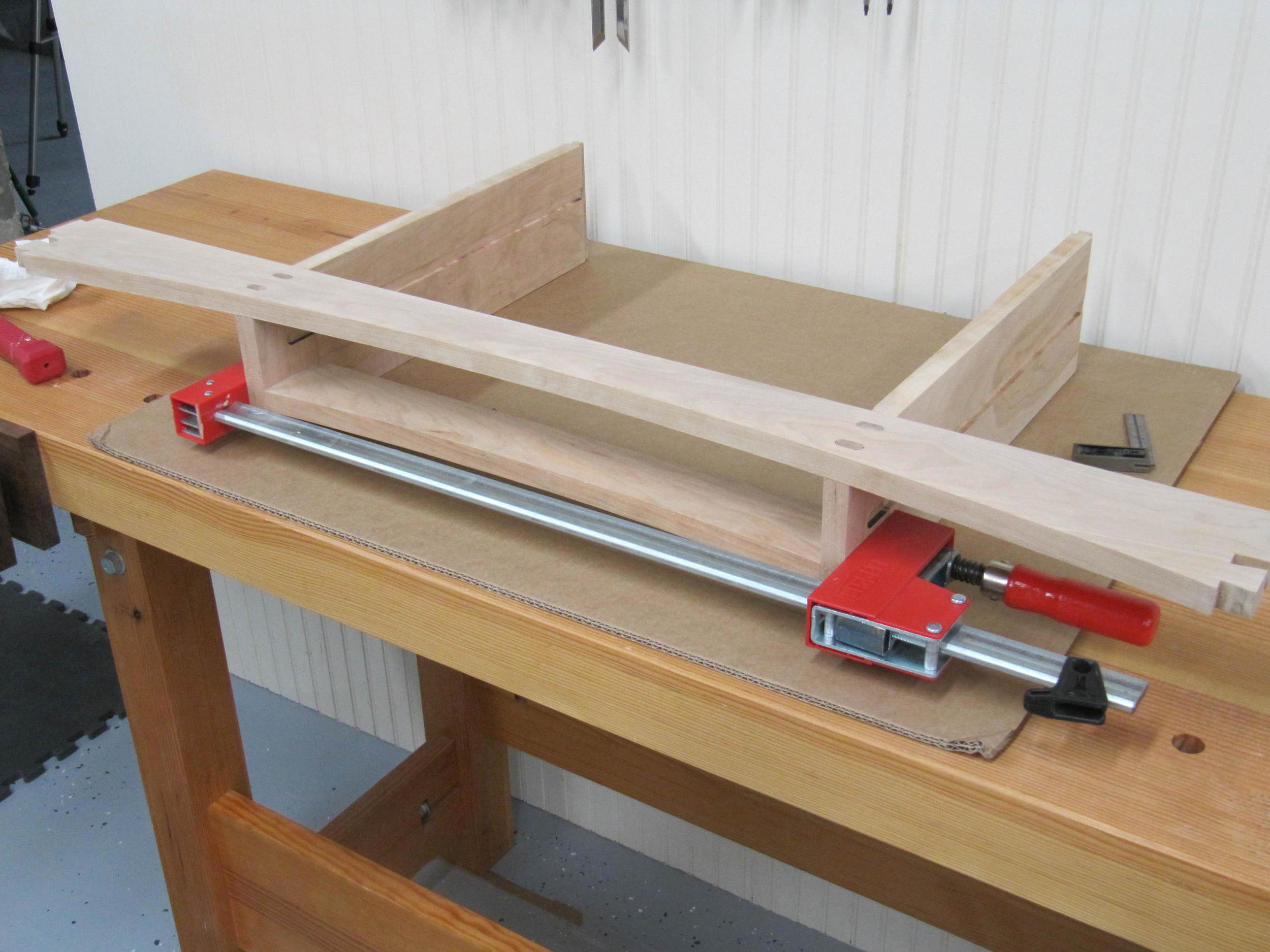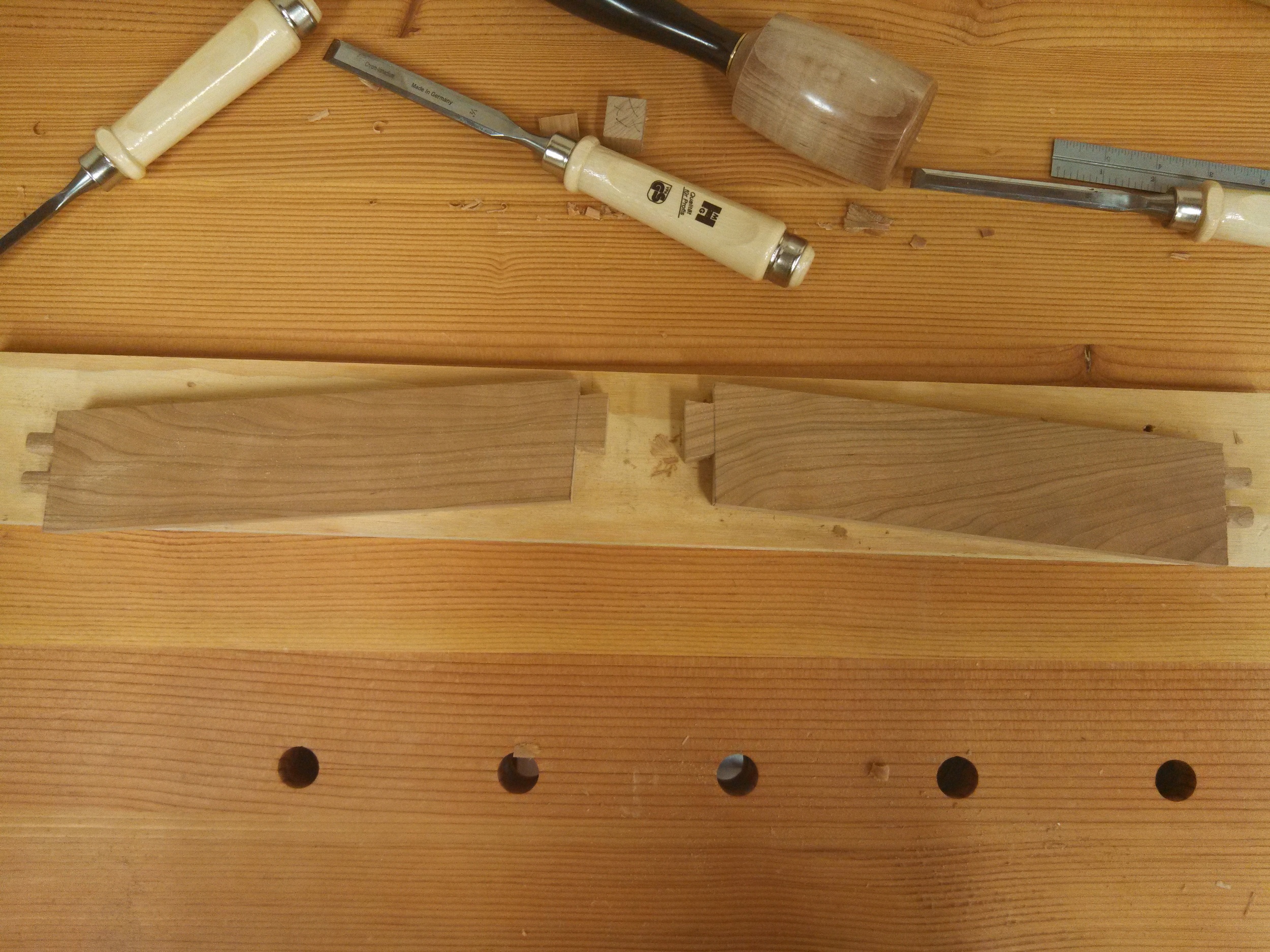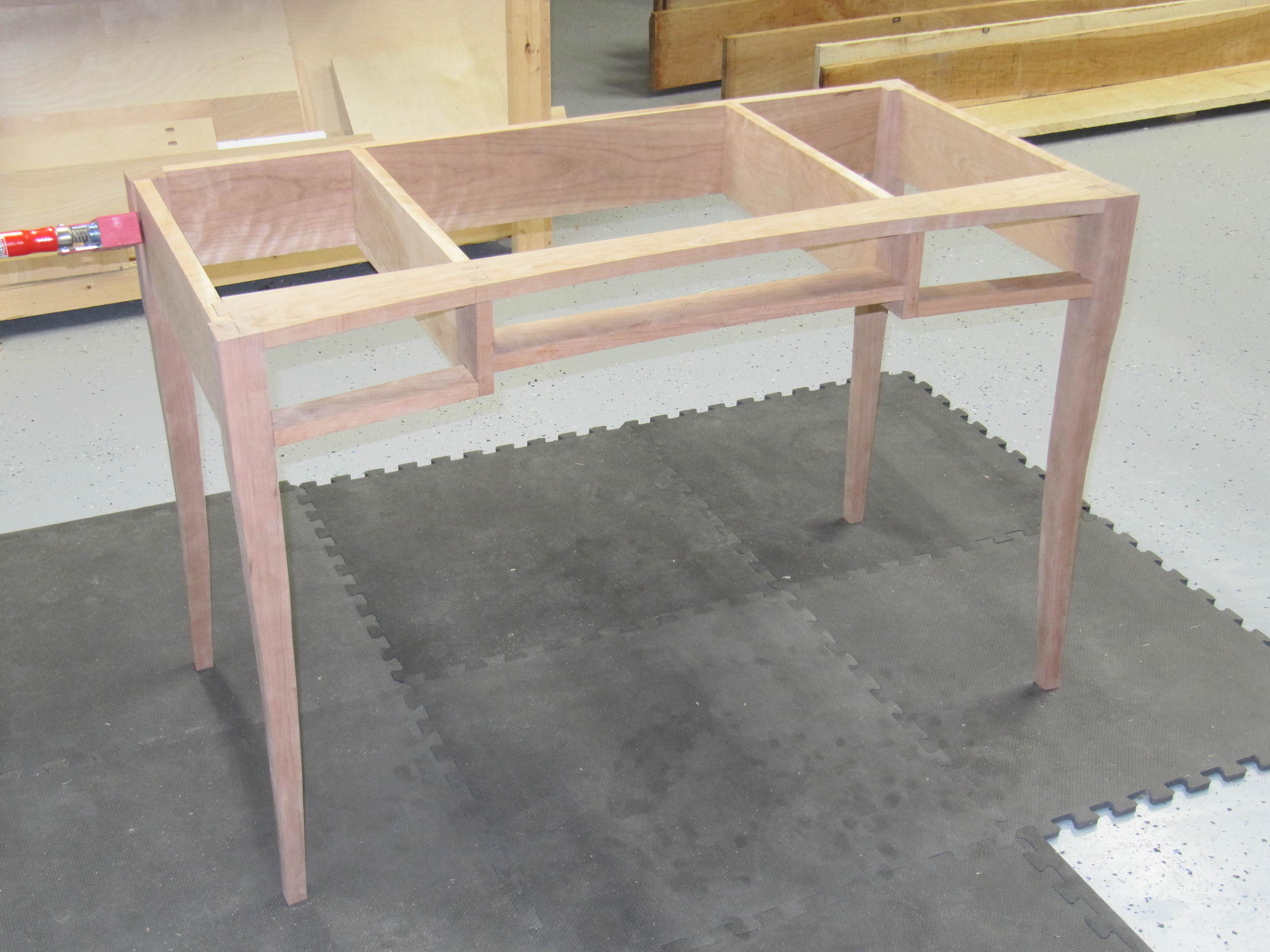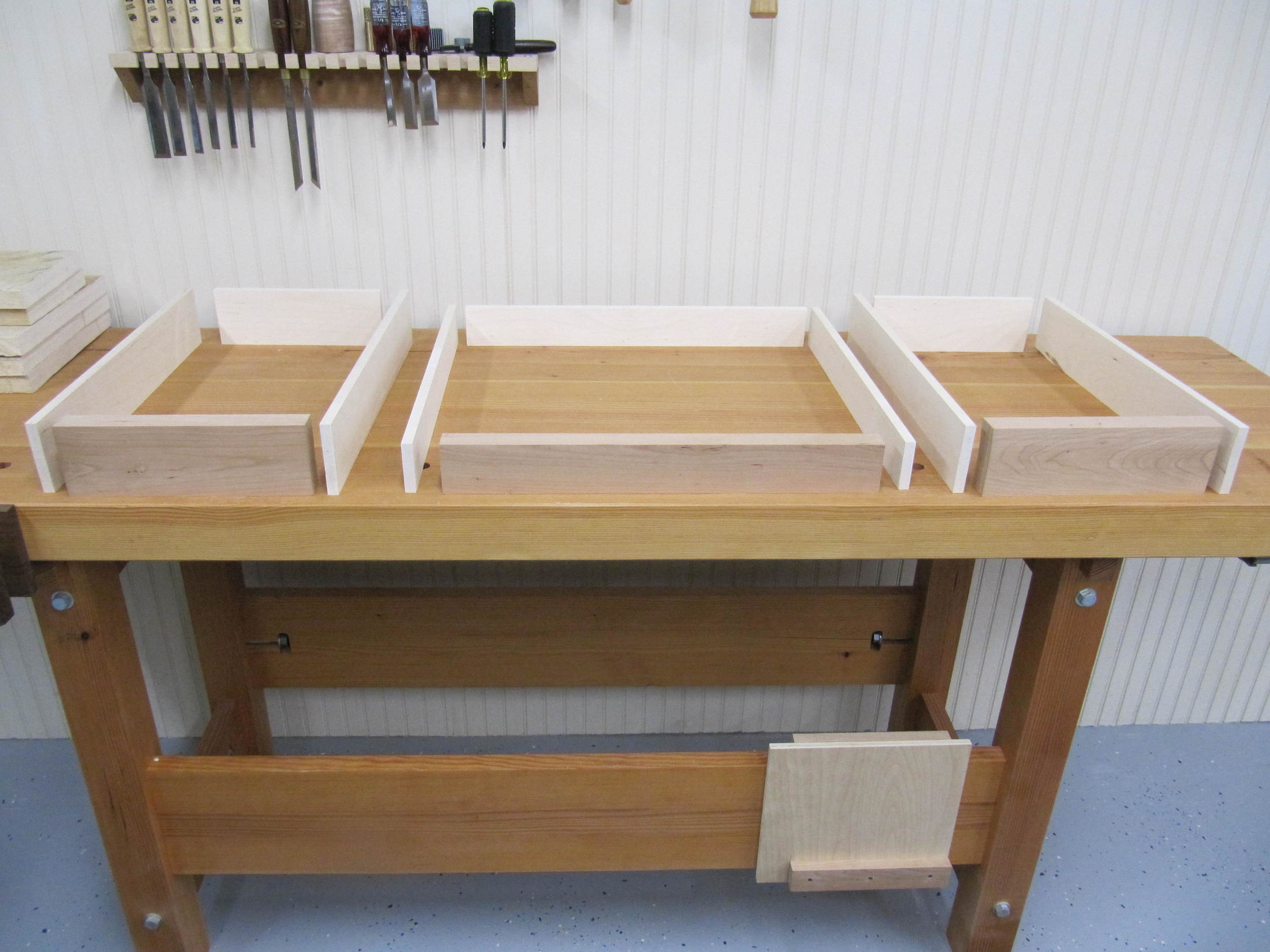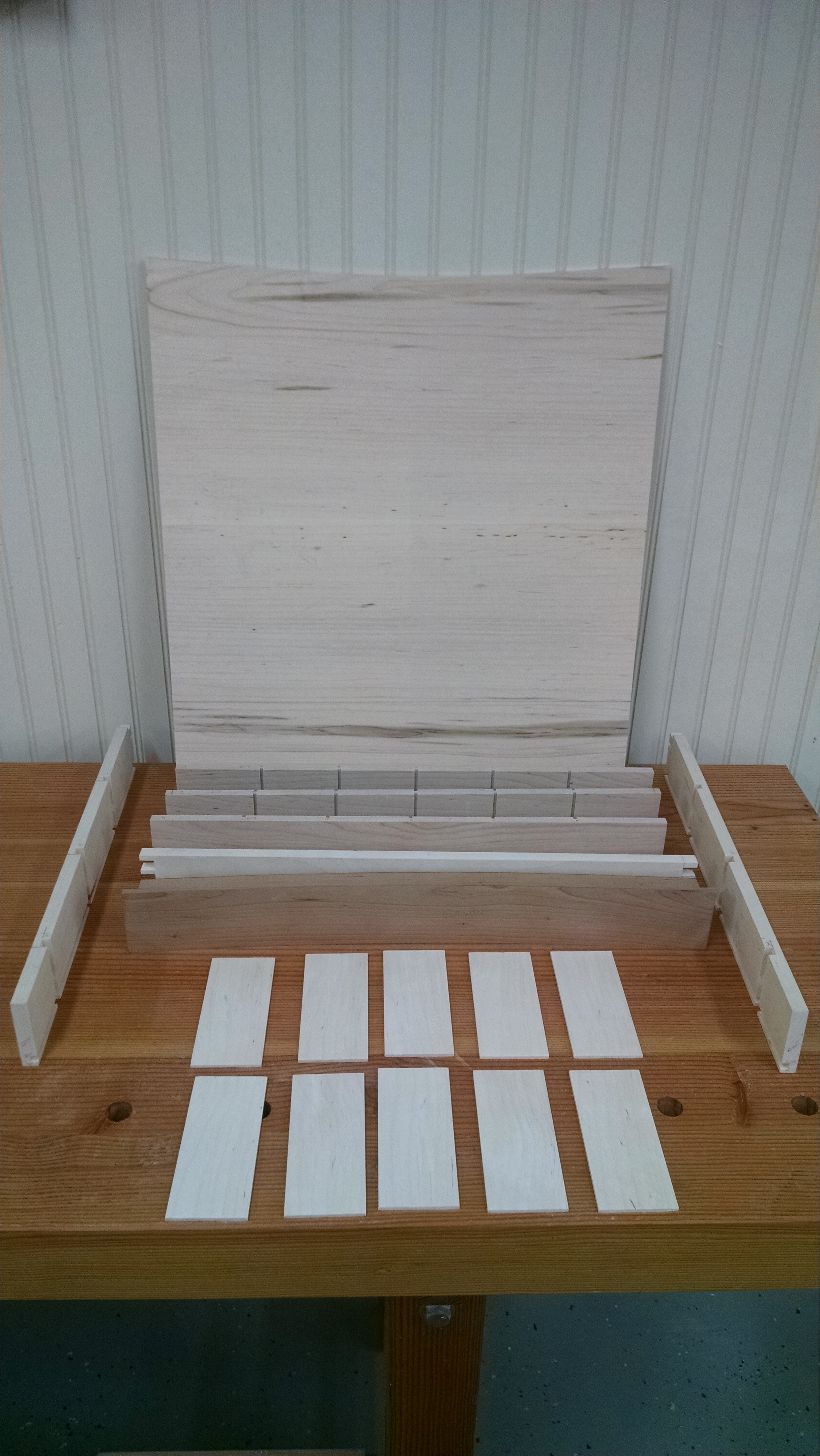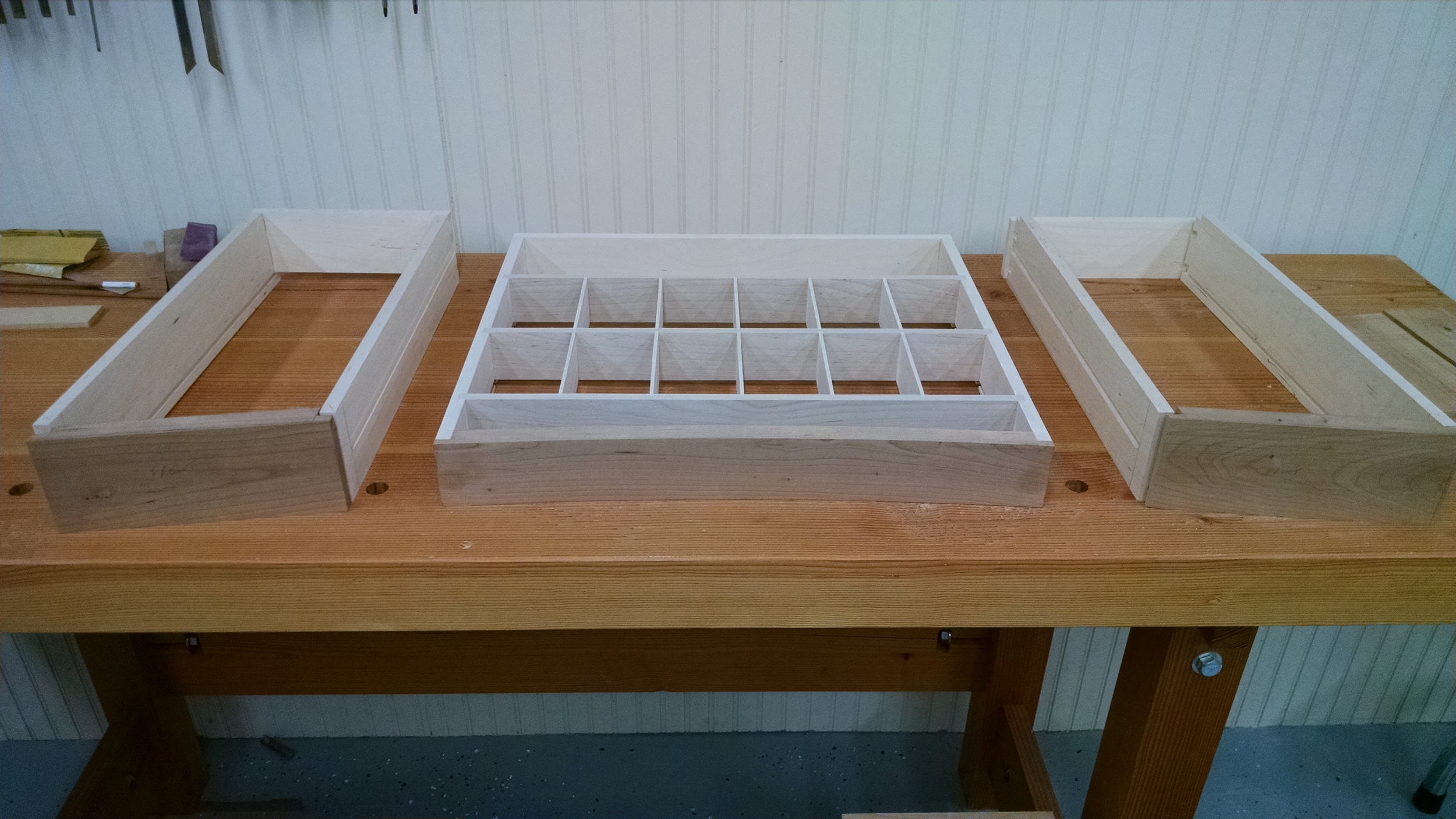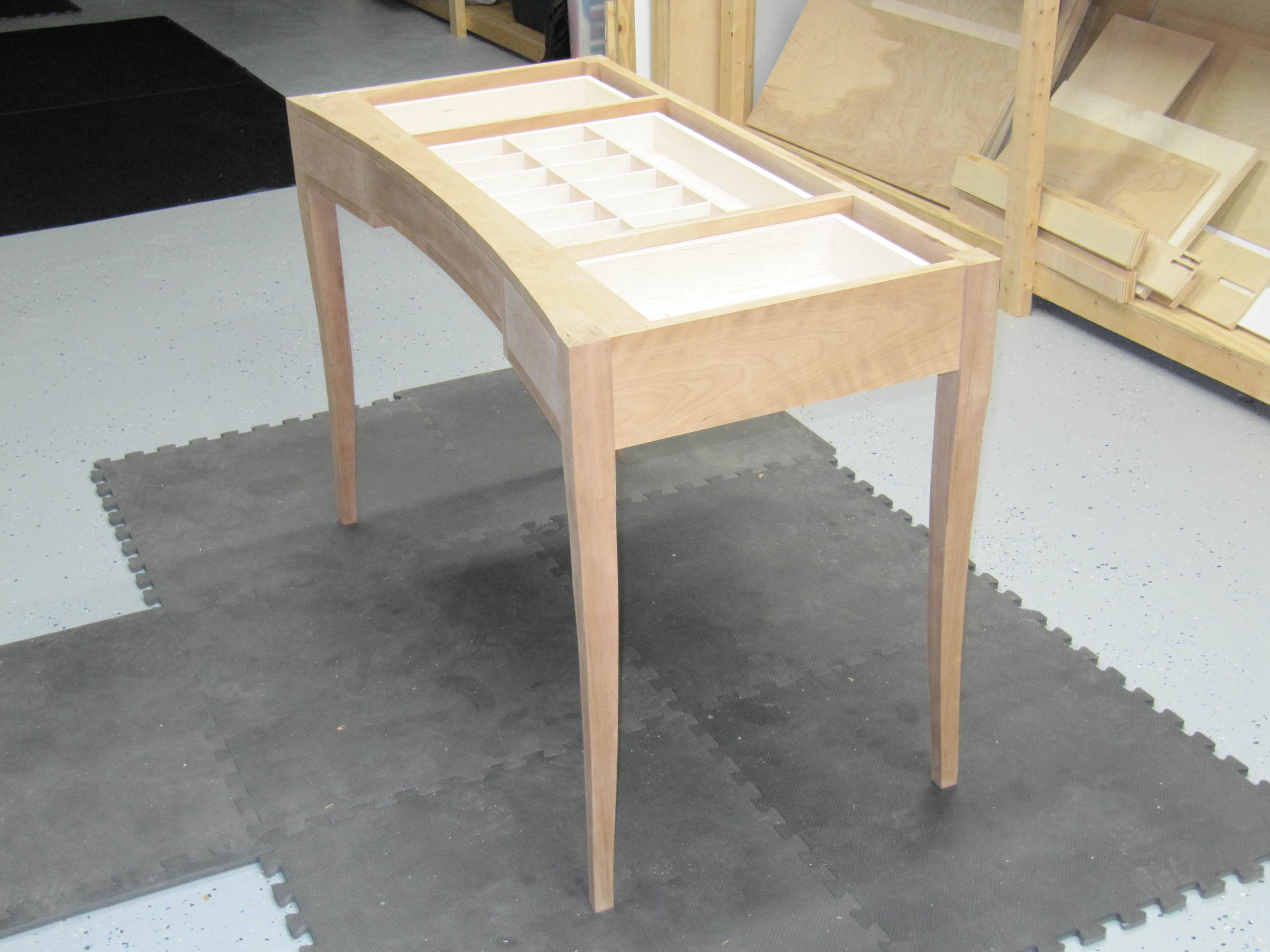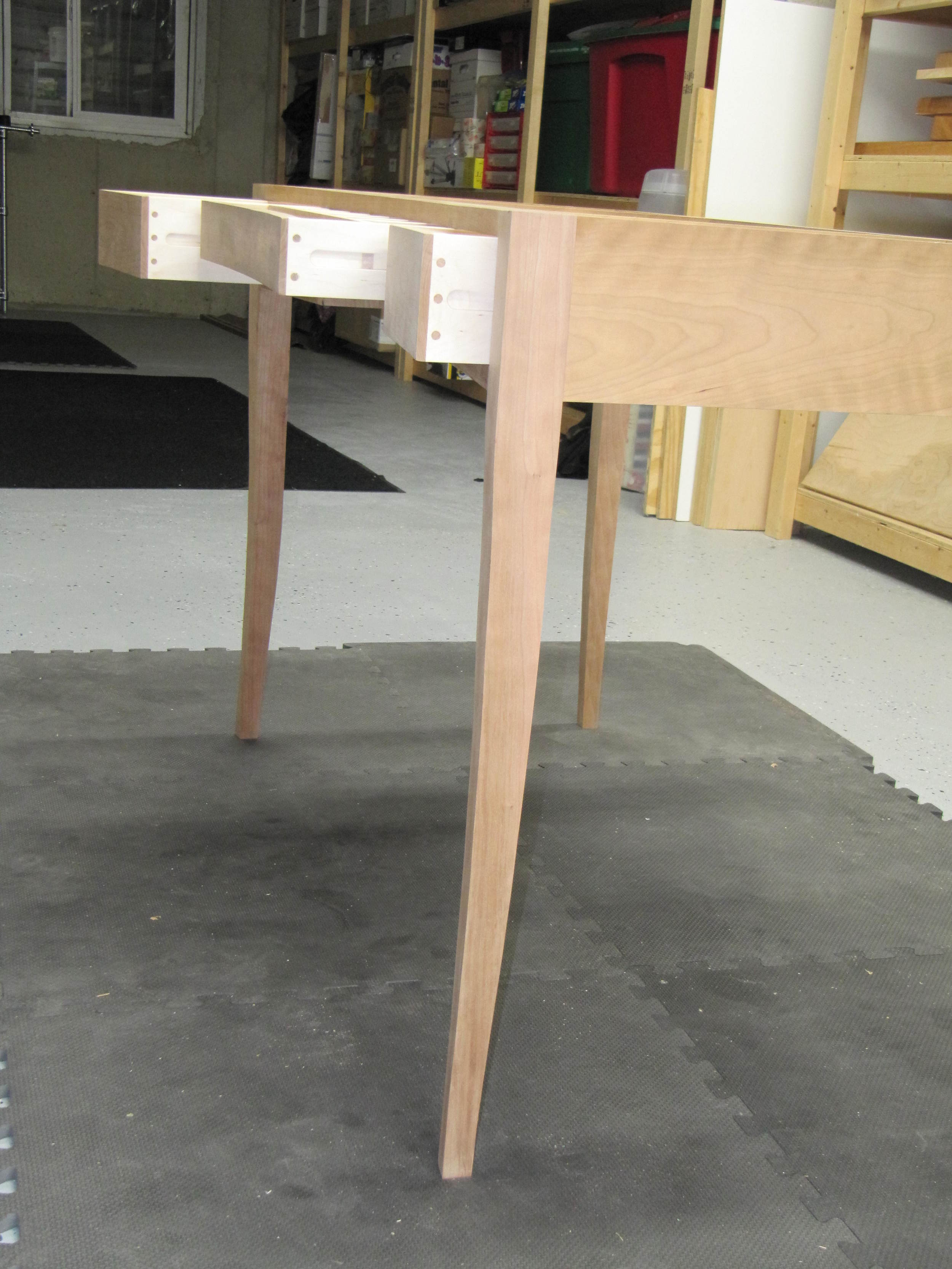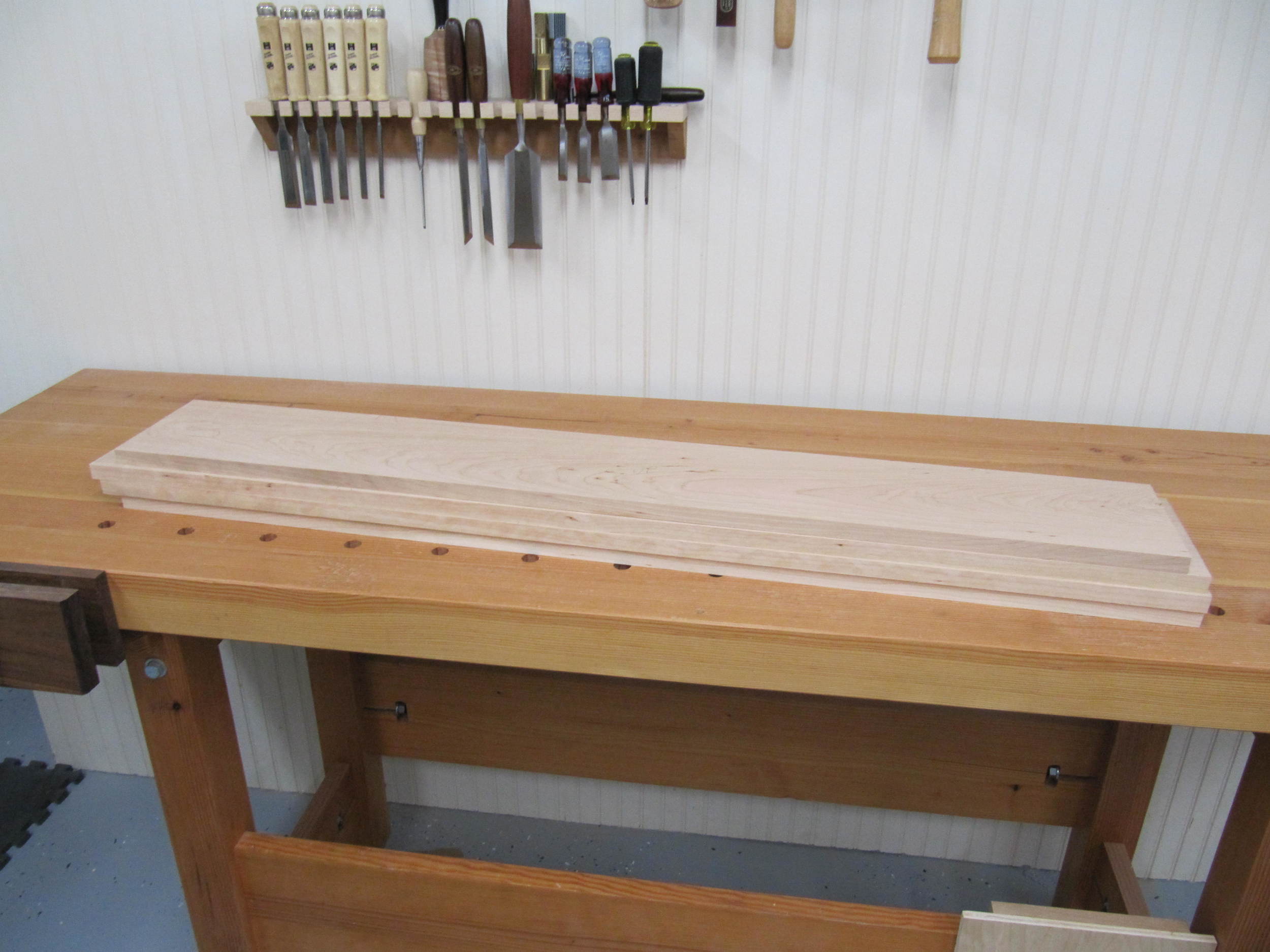Interviewer (smarmy, like a 1970’s game show host): Welcome back, everyone! Tonight we’re sitting down with Dave Noftz from the blog “Less Ordinary - A Woodworking Life” to talk about one of his favorite books.
Dave: Thanks for having me! I’m excited to introduce a new segment on the blog this week called “Favorite Books.” Every so often, I’ll post a review of one of my favorite woodworking books here on the blog.
Well, that’s great! What book are you going to tell us about today?
This week, I’m highlighting the book The Essential Woodworker by Robert Wearing.
Wait a second! This isn’t turning into one of those hand-tool blogs where you cosplay in medieval clothes and carve furniture from a single log with an axe, is it? Because if it is, I’m not—
No, no, no…relax! There’s no medieval garb involved and I don’t own an axe. Trust me, I have no interest in ending my love affair with my Unisaw anytime soon!
Love affair, eh? Now that’s interesting! Let’s talk a bit more about that…
Errr… let’s not. In fact, let’s pretend that I never said “love affair” and just get to the book, ok?
Oh, all right. So why do you like The Essential Woodworker?
These days, it seems like power tools are the gateway into the hobby for many modern woodworkers. Either we started as DIYers and branched into furniture building or we were introduced to the craft via The New Yankee Workshop. Since traditional Industrial Arts classes have almost completely disappeared from our public schools over the last few decades, many of us never received basic instruction in hand tool use. The Essential Woodworker provides that instruction. While Wearing does discuss power tool methods in a few sections, the book is primarily focused on hand tool techniques.
So it’s a textbook, then?
No, it’s not a textbook. Well, it certainly looks like a textbook, and, if I’m being totally honest, it reads like a textbook in places, as well, but it’s definitely not a textbook, per se. At least, not in the traditional sense. Mostly.
Well, thank you for clarifying that.
The book is laid out in sections, and the skills taught in each section build upon the ones covered previously. The first section is basic skills such as planing, sawing and boring. The subsequent sections cover the construction of tables, carcases, and drawers.
Ah, so it’s a book that I can settle into my armchair with on a cold winter evening and read from cover-to-cover?
You certainly could, and I know people that have done just that. I don’t use it that way, though. I tend to look up topics in it on an as-needed basis.
So, it’s a reference book!
Not exactly. Here’s the thing… the organization of the book is either brilliant or bewildering depending on how your brain is wired. If you like reading instructional woodworking books from cover-to-cover like a novel, then the layout will make perfect sense. If you’re like me and prefer to jump around and look topics up, as needed, then it’s a little harder to use.
You know, you really need to work on your salesmanship skills.
Ok, ok. Let’s set aside the organization of the book for a second. What really makes this book shine is the content; the information is absolutely top notch. From flattening a board, to chopping mortises, to fitting a drawer, Wearing covers everything you need to know about building furniture with hand tools in an exhaustive fashion. If you primarily work with power tools, this is the only hand tool book you will ever need. If you want to primarily work with hand tools, then this should be the first book you buy to get a solid foundation for your skills. Full stop.
What makes the content in The Essential Woodworker different from other books on the market today?
One word: detail. A lot of the recent woodworking books feel like they’re intended more for your coffee table than your shop. They have a lot of bright pretty pictures, but the actual information content is sparse. Wearing gives you all the details you need. There are no color pictures, and quite frankly, you don’t need them. Drawings supply the visuals, when needed.
Well, I’m convinced! Where can I get a copy?
The Essential Woodworker is currently available from Lost Art Press. Check it out!
Will do! Now, let’s talk some more about that love affair you’re having with your table saw…
I don’t think so. Thanks for talking with me!





